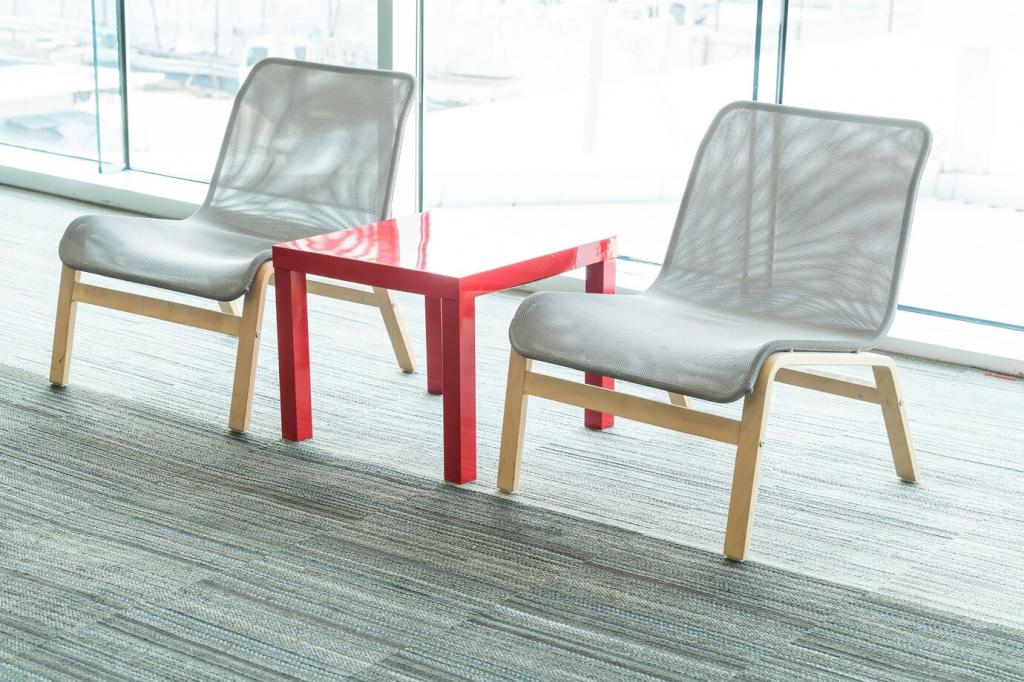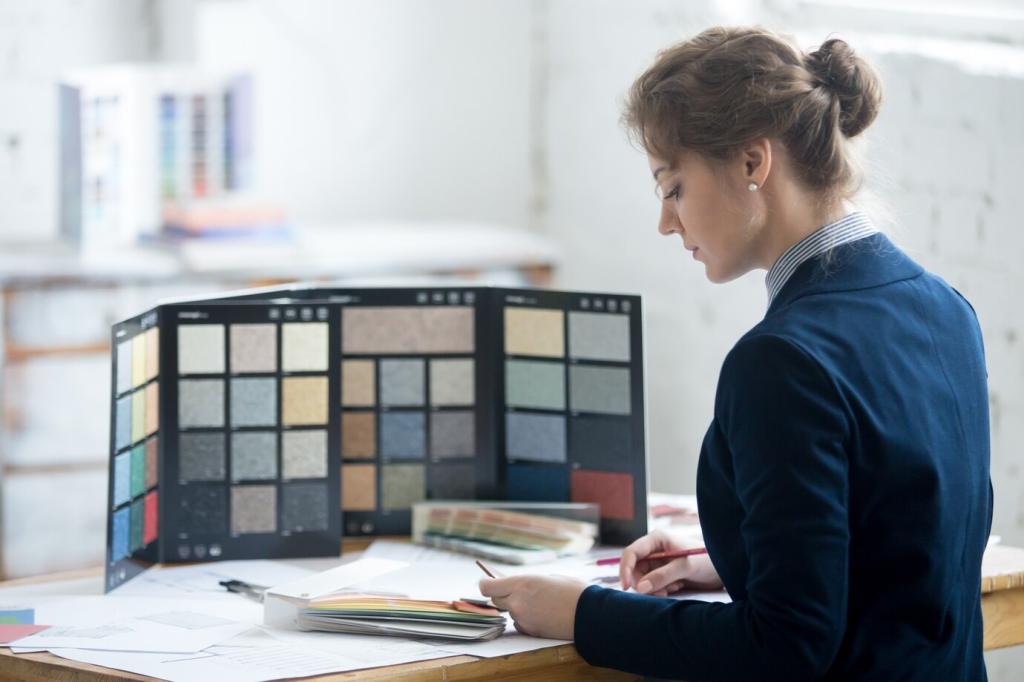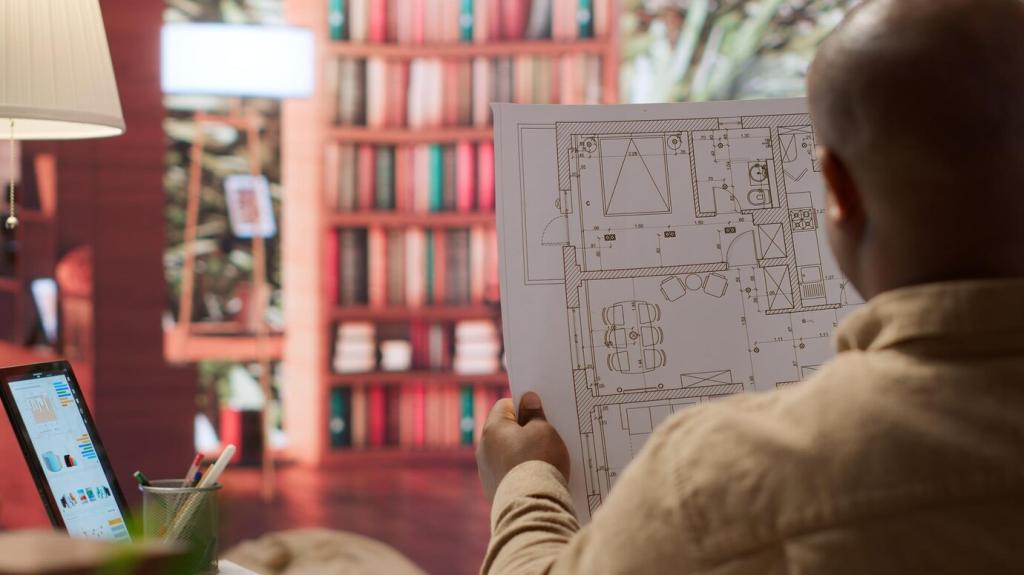Styling with Purpose: Make the Ottoman the Heart
Pull a hue from your ottoman textile into pillows or art for cohesion. A single thread, repeated thoughtfully, braids pieces into belonging, transforming scattered items into a welcoming visual conversation.
Styling with Purpose: Make the Ottoman the Heart
In tight spaces, choose a firm-top storage ottoman that flips from seat to table. Add lightweight side stools for guests. Versatility writes grace notes where square footage cannot, keeping gatherings spontaneous.
Styling with Purpose: Make the Ottoman the Heart
Place a keepsake—album, teapot, poetry book—on your ottoman, then invite someone to sit and share. Culture survives in exchanges like these. Comment your ritual and join our newsletter for monthly design prompts.











